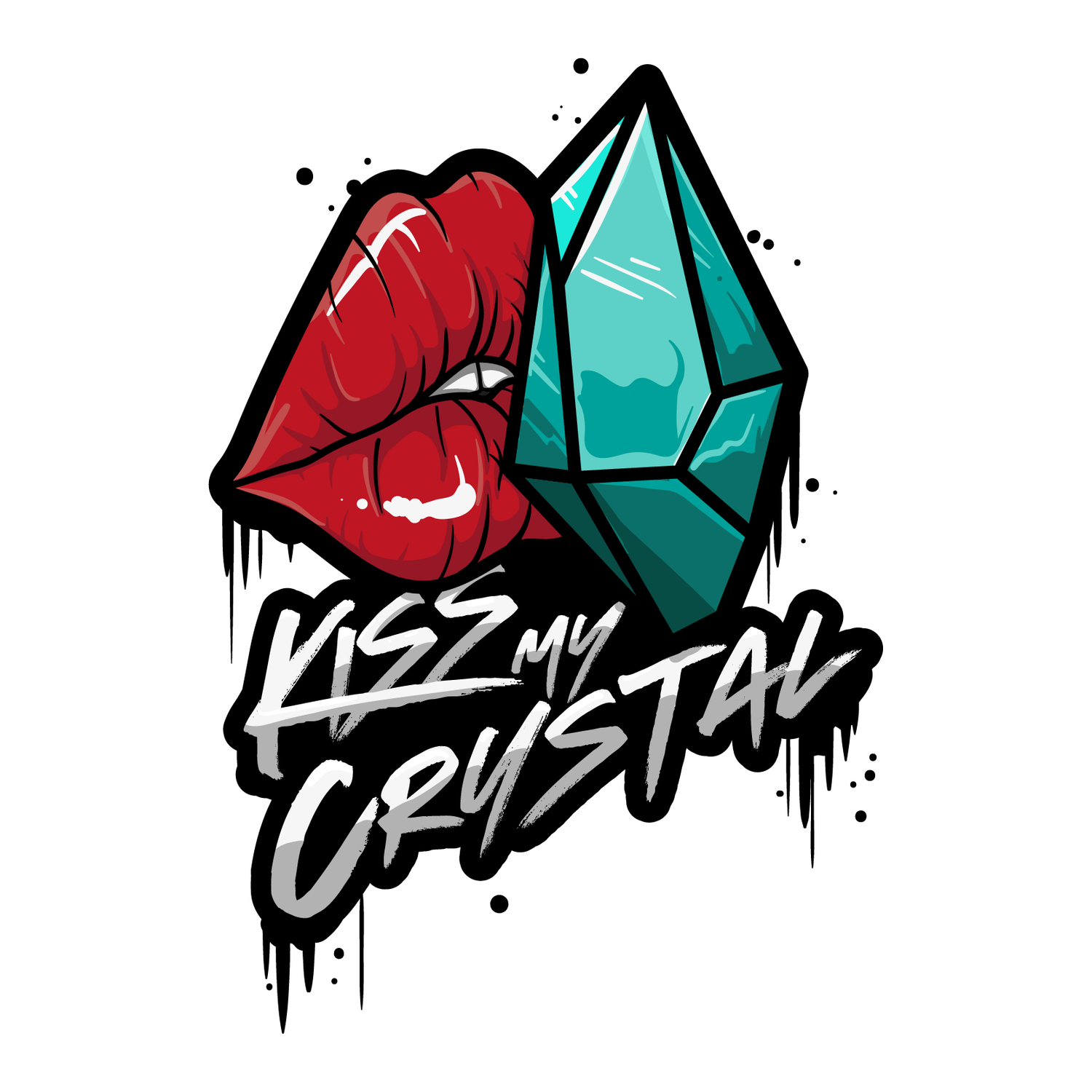AMAZONITE.
Amazonite (or Amazonstone) is known as the “Stone of Hope”. It is a balm for the soul, a reminder that you are unique, a kick-ass rock star, and worthy of a fabulous future. Amazonite allows you to embrace all of your quirks and view them as your superpower. This crystal comes to you when you need to channel more positivity into your life whether it be through your internal dialogue, the people who surround you, or the energy you cast into the universe. The main benefits of Amazonite are said to be hope, happiness, courage, soothing energy, and the filtering of geopathic stress.
The Stone of Hope
Amazonite is a type of feldspar with a unique blue-green colouring that comes from Lead (Pb) being present in the water when it was formed. Amazonite was officially named in 1847 by the German mineralogist Johann Friedrich August Breithaupt due to its proximity to the Amazon River. However, Amazonite has been used for thousands of years by many ancient civilizations. It can be found on the funerary mask of Egyptian pharaoh Tutankhamun who reigned until 1325 BC and archaeological evidence suggests that it was used in ancient Mesopotamia (Iraq and parts of Iran, Kuwait, Syria, and Turkey) during the Sumerian, Akkadian, Assyrian and Babylonian cultures.
The funerary mask of Tutankhamun features Amazonite, Lapis Lazuli, Quartz, Obsidian, Carnelian, Turquoise, and Faience.
Today Amazonite mainly comes from Russia, Australia, China, Canada, Italy, Libya, Madagascar, Mongolia, South Africa, and Sweden, with Ethiopia, Brazil, and the US producing particularly spectacular specimens and gem-quality material. Some of the most sought-after pieces by collectors are those paired with smoky quartz, the contrasting colours make for really beautiful specimens.
Left. A specimen of Smoky Quartz from the USA, with green Amazonite in the centre.
Buyer’s Guide to Amazonite.
Private Buyers
When I used to buy Amazonite as tumbles or palm stones for the store I always looked for a good strong and consistent turquoise colour however, this is a personal preference, others may prefer a paler version. If you are lucky you can find a piece that has an iridescent flash a bit like a grey/black/peach moonstone. If you are in the market for a cabinet specimen then look for a natural tabular structure with good rich colour. If you can find a specimen which is paired with perfect undamaged Smoky Quartz points then you are winning. These are coming from small mines in Colorado in the USA and expect to pay big money.
Retail Buyers
The bulk of the retail Amazonite on the market is coming via Madagascar or China. This makes understanding the exact origin or even country of origin difficult if you are trying to ethically or sustainably source. Talk to your wholesaler about its origins if you would like your buyers to have that information. I found that the top sellers were rich-coloured tumbles, discs, and palm stones. The ones that sold fastest in the retail store always had a dash of Smoky Quartz in them, the solid colour ones were last to sell when people had the choice. Look for a good polish and a bit of iridescent flash if possible. Only buy the tabular specimens if you are selling to serious mineral collectors or via Instagram Live sales.
Quick Guide | Amazonite
Zodiac: Amazonite is associated with the zodiac signs Virgo and Aquarius.
Ruling Planet: Amazonite’s ruling planet is Uranus.
Chakra: Amazonite is associated with the Heart (Anahata) Chakra. Its green colour lends itself to this Chakra, and is used to lighten the heart with hope.
Element: Amazonite is connected to the element Water.
Crystal Charging: Amazonite should be charged overnight under a full moon or in a freshwater stream. You can boost its heart-opening properties on an altar with rose petals. Perfect for use during a Cacao Ceremony.
Crystal Elixir: Amazonite is not suitable for making crystal elixirs due to its content of Lead (Pb), which gives it its colour. It reacts to saliva and leaches 5x the safe amount of Lead, but it has not been properly tested for water leaching.
Crystal Care: You can clean Amazonite with water, it is ok to get Amazonite wet but don’t soak it for long periods, just a quick wash will do. It is best to simply use a soft cloth on smooth Amazonite pieces and a make-up brush on raw clusters to get into the grooves. To avoid fading you should not place Amazonite in direct sunlight.
The chemical formula for Amazonite: KAlSi₃O₈


